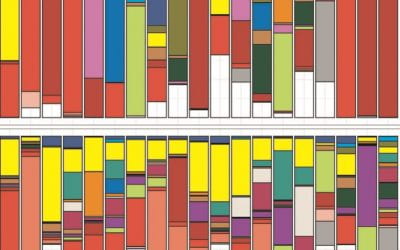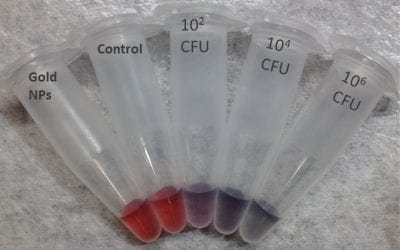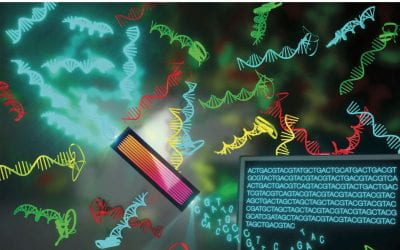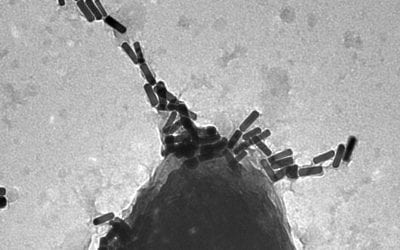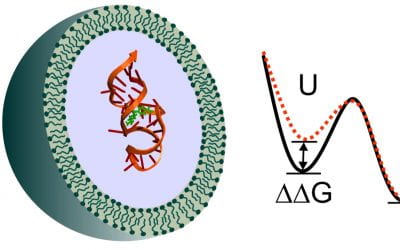The microbiome of chronic wounds
We first started to wonder about the impact that phages might have on polymicrobial, long-term bacterial communities, such as those that colonize chronic wounds, a few years ago. Studying this question requires characterization of both the bacterial and the phage...
Rapid bacterial detection and antibiotic susceptibility
To identify bacterial pathogens and determine the best antibiotics to use, clinical laboratories use 'culture and sensitivity', or growth of bacteria on selective media. This process takes days to yield results, which is a long time during a bacterial infection. Last...
Thesis defense: Dr. Verbanic
Congratulations to Sam Verbanic on an exceptionally smooth thesis defense! Four and a half years of hard work and enthusiasm establishing a completely new project in the lab could be seen. Dr. Verbanic will be staying with us as a postdoctoral fellow to expand his...
Reviews: promiscuous ribozymes, HTS, and fitness landscapes
It is tempting to imagine that, during the origin of life, the earliest catalytic RNAs would be so simple that they would be rather non-specific in activity or substrates. Then, evolution might create variants that would become optimized for different activities...
Controlled phage therapy
Phages have been considered for antibacterial therapy ever since they were discovered in the early 20th century. However, significant concerns about their self-replicating, evolving nature have been difficult to avoid. For example, phages can spread antibiotic...
RNA on the early earth: damaged by light, helped by vesicles
RNA is widely agreed to be an early, if not the earliest, molecular basis for life. However, conditions on the early Earth were not terribly hospitable. While high-energy photons are important for prebiotic synthesis, they also damage nucleic acids. Postdoctoral...

